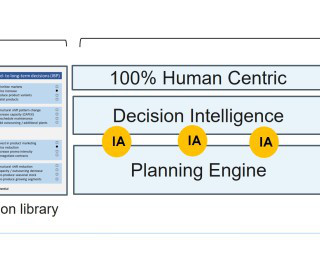How IoT Improves Consumer Packaged Goods Value Chain
Savi
OCTOBER 29, 2019
The pivot point has moved from production to customer delivery, and the primary constraint has moved from manufacturing to transportation. Driver Shortages: It is estimated that by 2026, the industry will be short 175,000 drivers. . This shift is hard to handle because the CPG industry spends at least 5% of revenue on transportation.
















Let's personalize your content